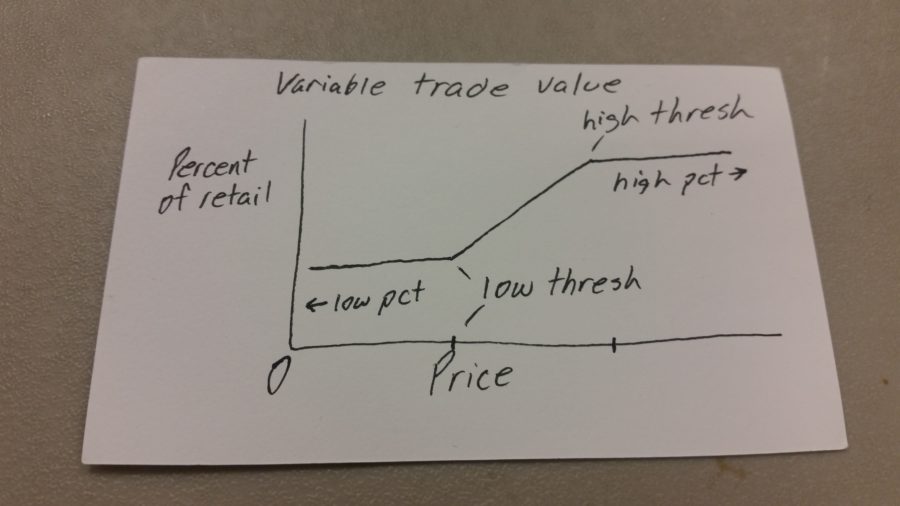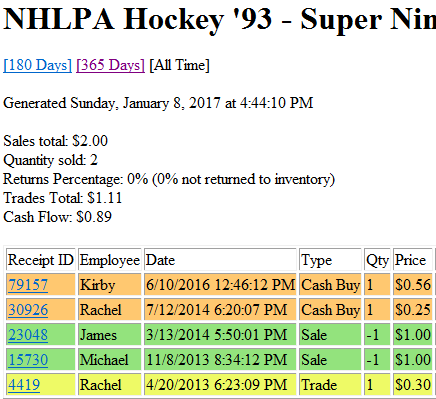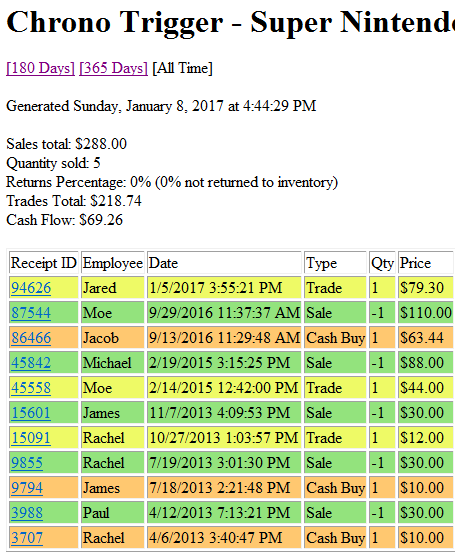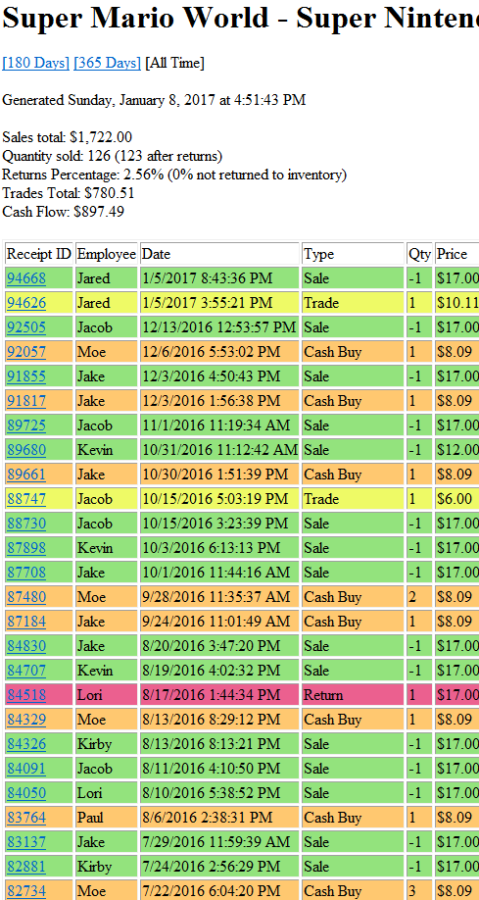This week I counted four 100+ comment threads in game retail Facebook groups about Magic booster discounting, and I’m not even in most of those groups.
The new Magic set, Aether Revolt, is not selling terribly well. This, on the heels of a winter weather event that caused shipping delays and business slowdowns during what for many is a critical post-holiday cash crunch, means that many sellers large and small are dumping quantities of Magic product onto the marketplace at pennies above wholesale cost. For some retailers it is currently as cheap to buy Kaladesh boxes from StarCityGames as through distribution.
This is an acute moment in what many retailers believe to be the industry’s chronic condition. Many stores, including stores much larger and better than mine, have seen Magic sealed product sales drop to near-zero levels. We’re fortunate to be a diversified store, but the bulk of game stores are actually card shops, and a dip in Magic frequently results in a wave of store closings. When customers can buy their product online for near-wholesale prices, store owners who never made much money may run out of cash altogether, and store owners with more profitable businesses may find that there are better uses of their time.
Leaving aside for the moment that you can always count on intermediaries to be firmly against disintermediation, the evaporation of the middleman in this particular industry matters more than most, since it’s at the middleman’s tables that Magic: The Gathering is played. If you can’t find someone with whom to play, you may soon give up your Magic habit. If there’s no shop to centralize that activity, it’ll be easier for you to play Hearthstone instead.
That’s the conventional wisdom among retailers: “Discounting will lead to the death of Magic!”
I think they’re wrong.
The barriers to entry in the card-shop business are essentially zero: You can get in with a thousand square feet of questionably-zoned space, some tables and chairs from Sams Club, and $1,500 for some stuff to sell. Since Magic product has a turn-rate that is fantastic, this non-business-plan sort of works out in the same way that IKEA furniture is a good deal when you don’t value your time or the result’s durability.
This compounds that online discounting problem by adding to the mix inexperienced business owners who, very recently having been mere consumers, know of only one way to grow their business: discounting. “I’m buying customers,” they say, as they sell unprofitable product to attract players to unprofitable events, or maybe the other way around.
So they chug along, working six days a week, until the end is brought on by the ballooning lease they signed without the help of an attorney, or the need to buy groceries, or the end of their spouse’s patience with their lack of progress. They close their store or sell it at an escape-with-your-life price to some other fool (this is how I bought my store) and then, presumably, they go join a local co-op and start teaching workshops about running a startup.
And when a card shop fails, like a fairy getting its wings, another poor dumb bastard gets a commercial lease, and commences throwing the best years of their life down an unprofitable well without so much as an index-card business plan. Hakuna matata, it’s the circle of mediocrity, and it moves us all through despair and hope. There’s always a place to play Magic, because there’s always someone willing to sign a two or three year lease to run a clubhouse that keeps the lights on without much left over. Last I checked we are making underemployed twenty-somethings at a pretty steady pace, so I don’t see the cannon fodder drying up any time soon.
Wizards of the Coast will of course insist that they want clean, professionally-run stores, but the resources dedicated to that are mostly a team of web developers and maybe one or two sacrificial lambs that herd cats in the WPN Retailer Facebook group. Wizards doesn’t appear to be doing anything about the race to the bottom resulting in a cycle of mediocre, unprofitable clubhouses because to Wizards, it’s not really a problem. If you accept that their responsibility is to create shareholder value, it shouldn’t be: If you had a nearly-unlimited supply of free labor facilitating the movement of your product out of your warehouses, would you really care if your free labor is making 5% or 40% margin? Would your shareholders allow you to care?
This is all very cynical, perhaps more cynical than I intended it to be. Magic is about a quarter of my business and I don’t see it going away entirely anytime soon. I do anticipate my peer group getting smaller over the course of the next year. Magic is so very sweet when times are good, but running a dedicated card shop is like depending on the only person who knows where you live to keep bringing you food. My hope is that some who will remain will diversify soon and build a cash buffer so that they can survive and thrive and, just maybe, provide a play space for Magic players that doesn’t have big holes in the floor.






